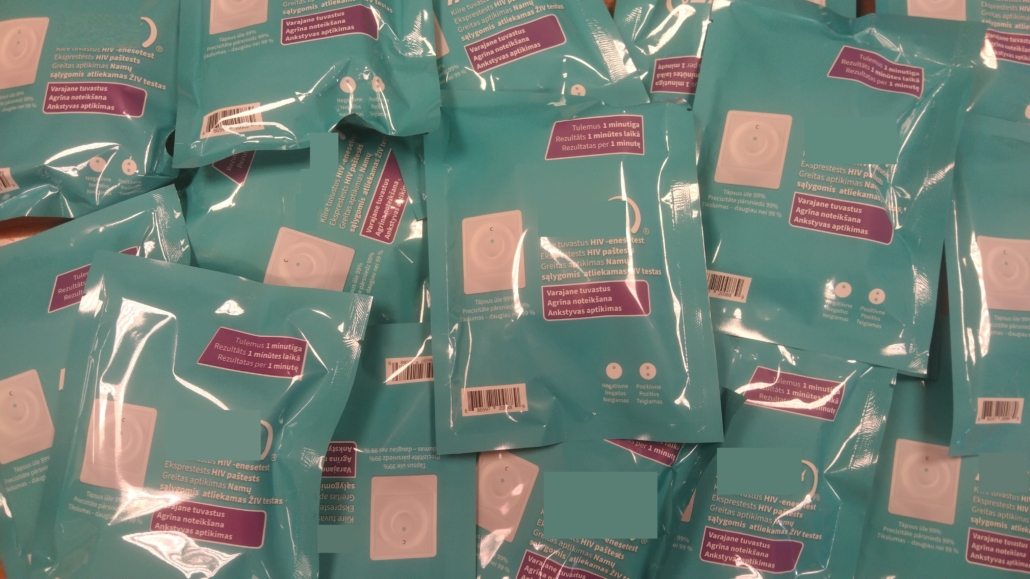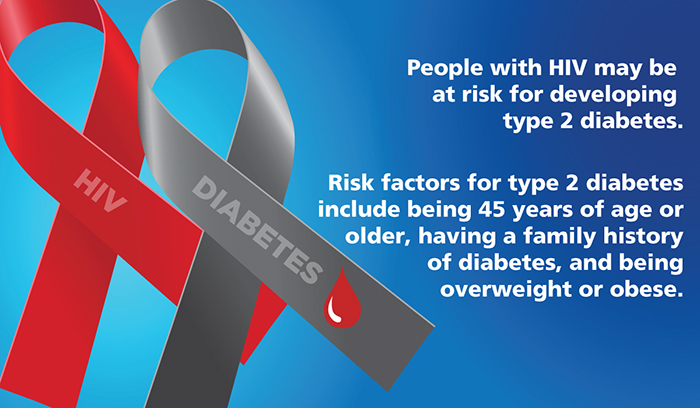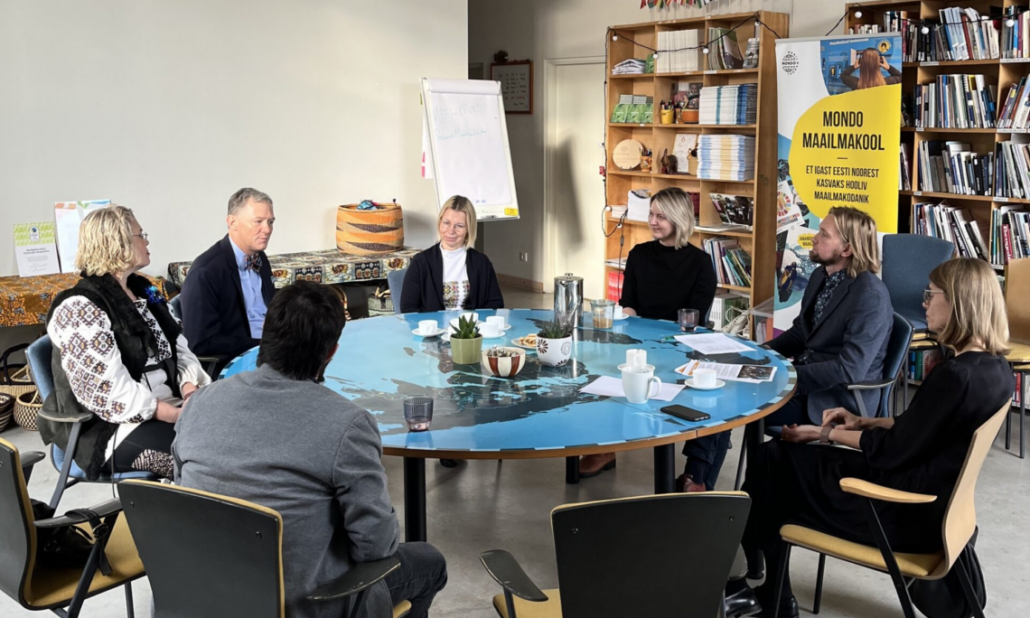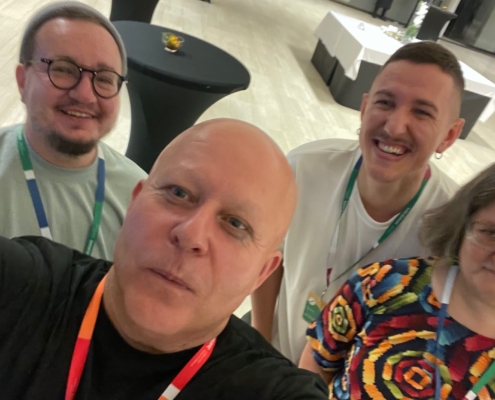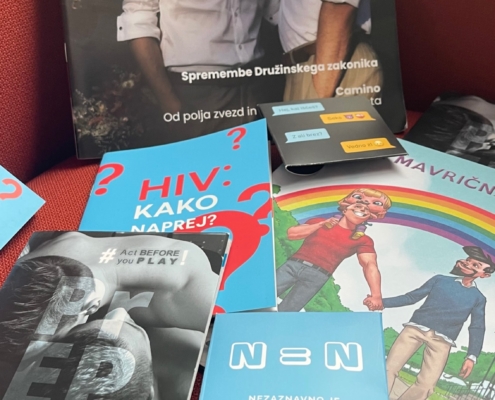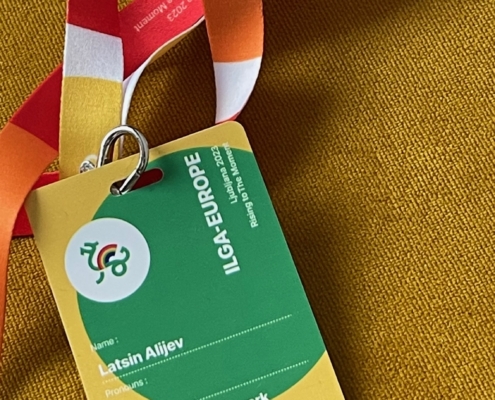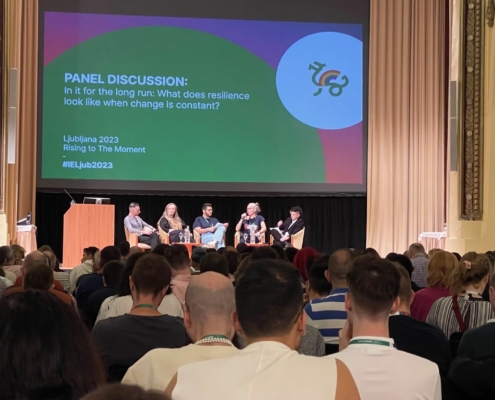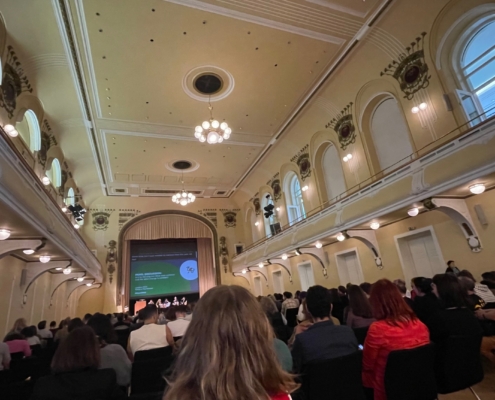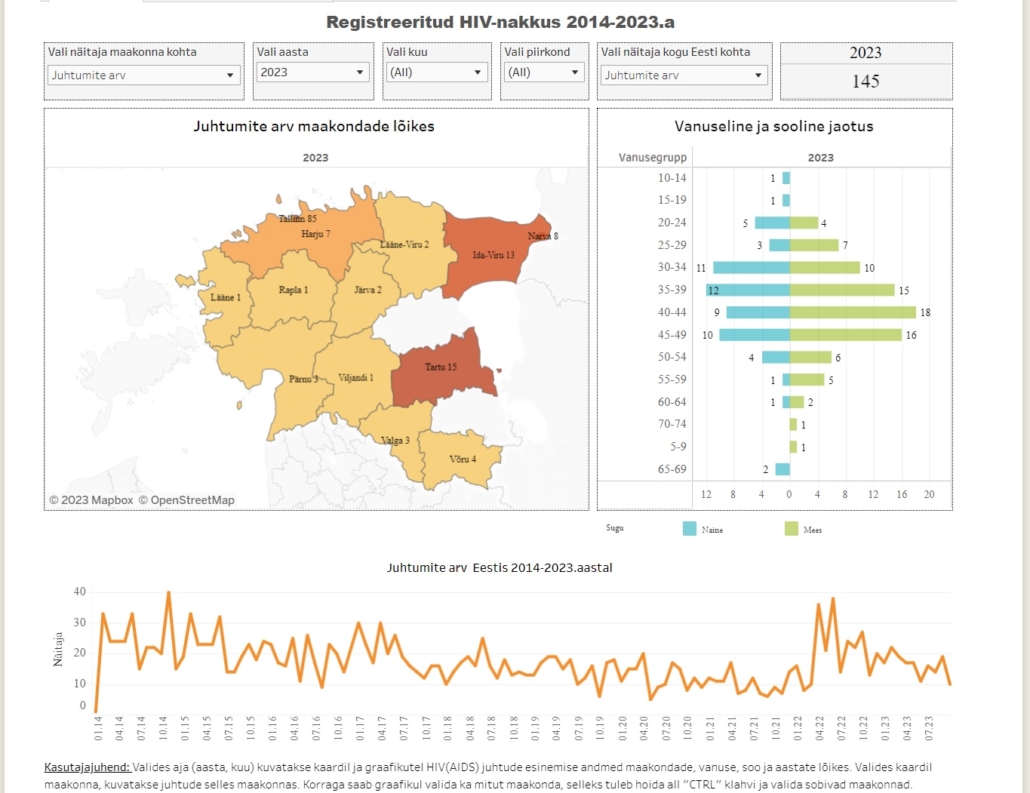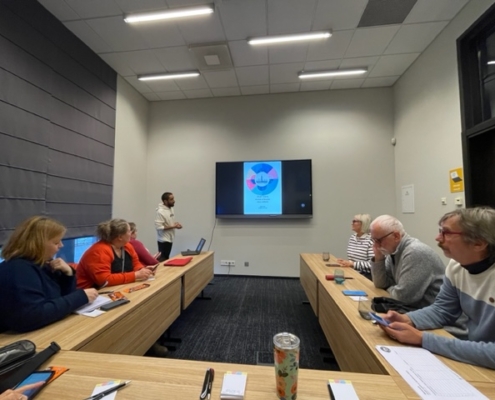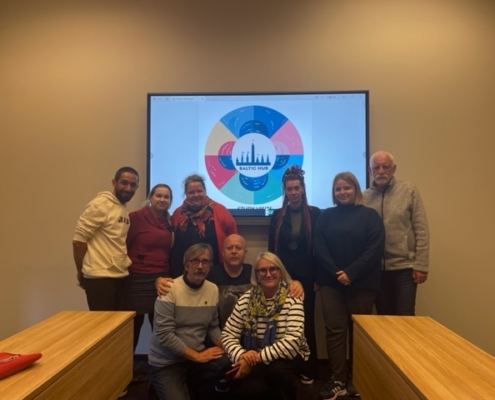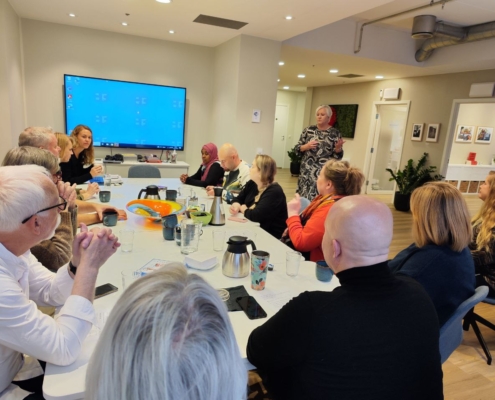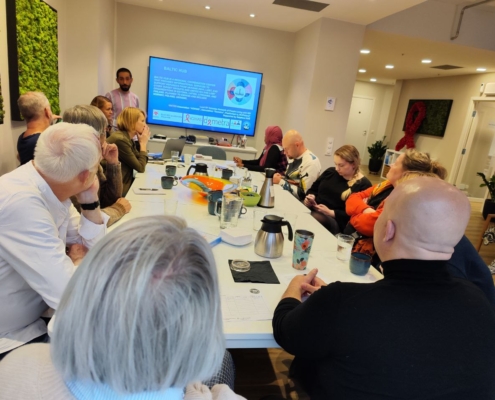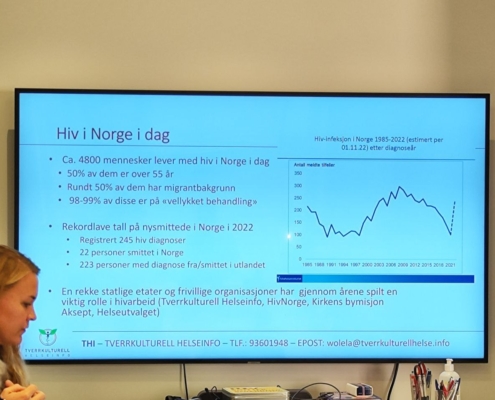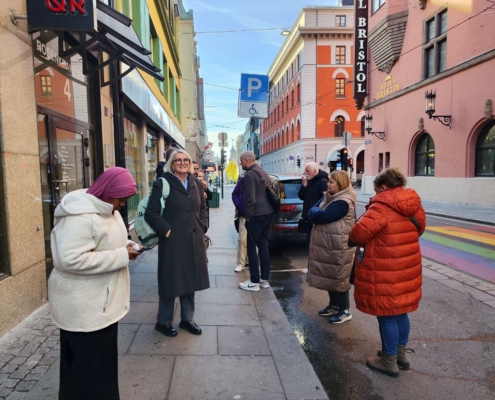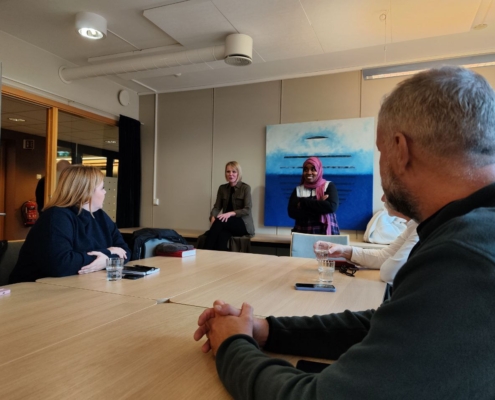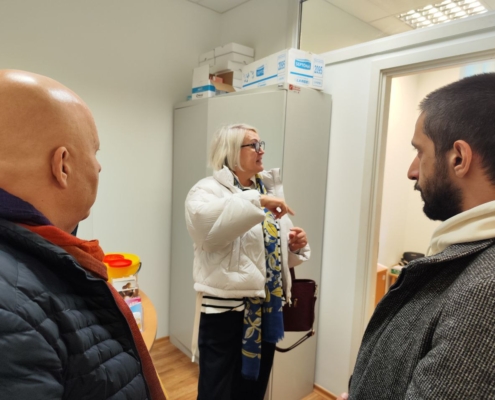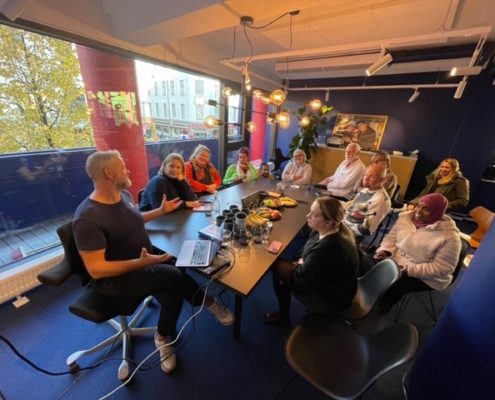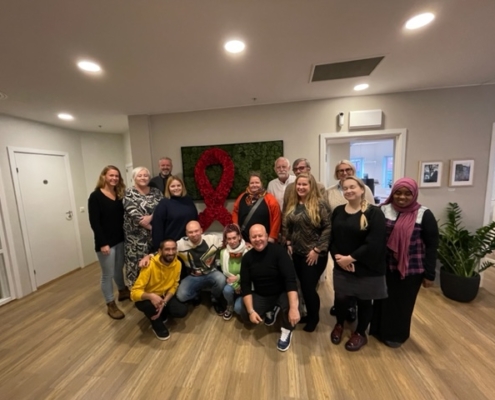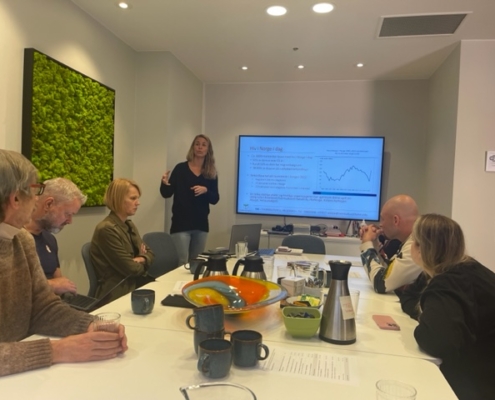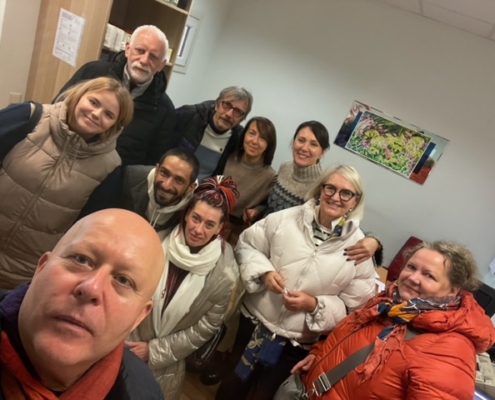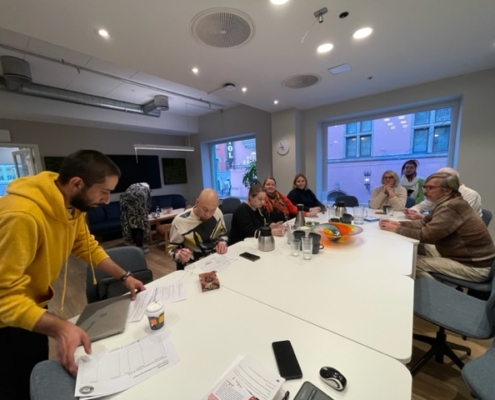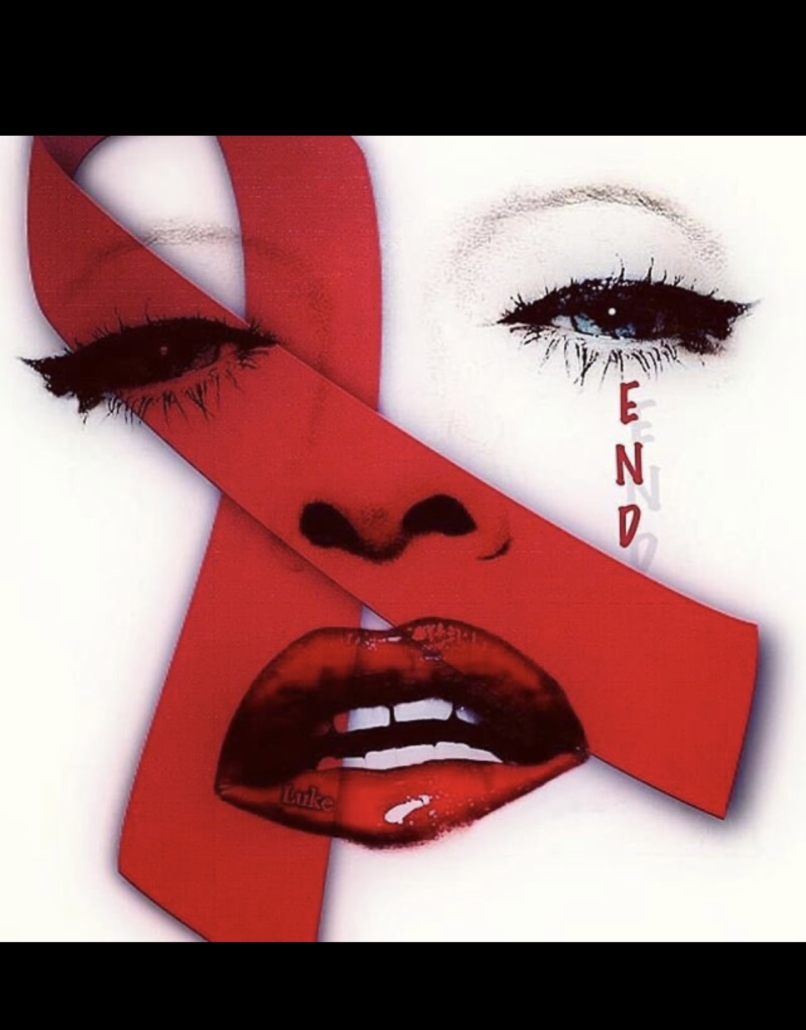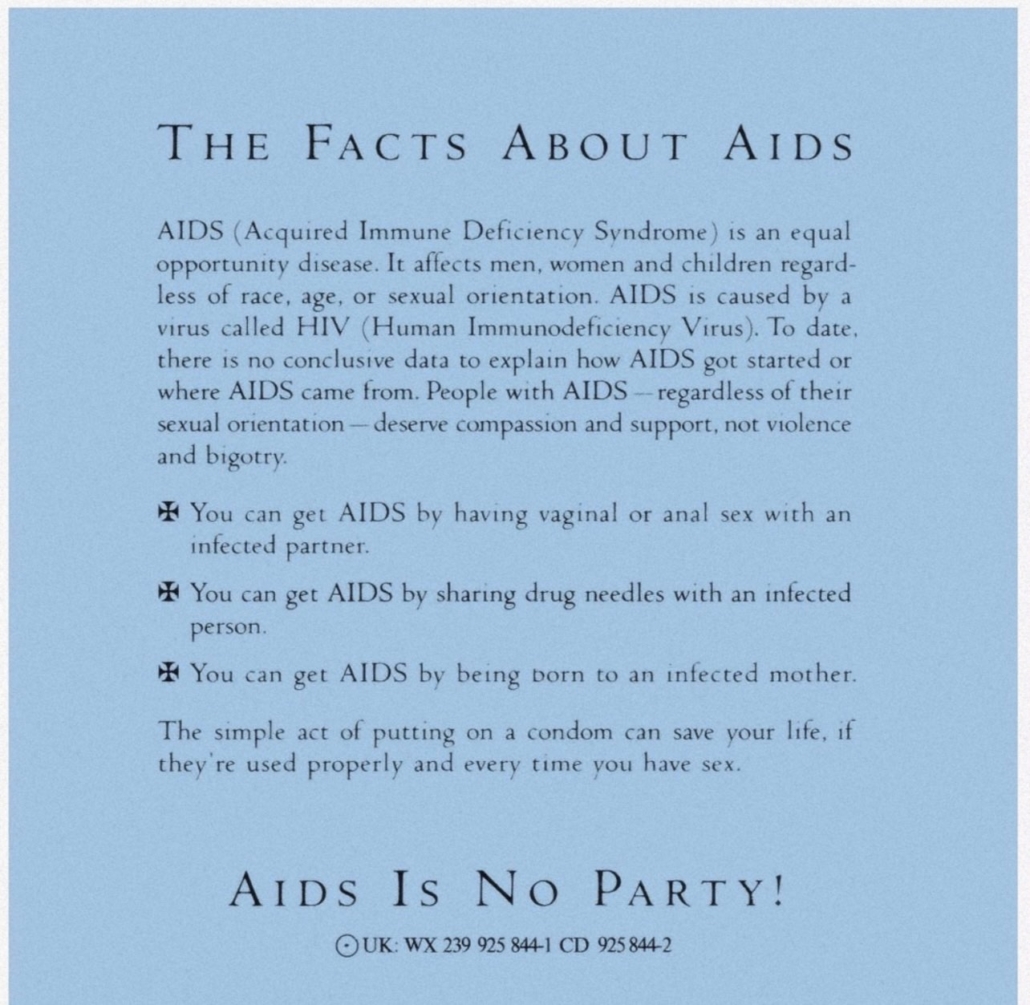BalticHUB: A Journey of Discoveries – Study Visits to Vilnius and Oslo
In October, the Baltic HUB expanded its activities and conducted 2 study Visits. The BalticHUB study visits to Vilnius, Lithuania, and Oslo, Norway, have proven to be a remarkable journey of collaboration and learning. These visits were not just about exploring new horizons; they represented the planting of seeds for significant changes and the strengthening of bonds that will yield long-term results.
We are thrilled to announce that, thanks to the support of the Nordic Council of Ministers, we are expanding the Baltic Hub infrastructure and activities to partner organizations in Lithuania and Norway. This expansion marks an exciting milestone in our journey to provide support for refugees in the region.
Valuable Lessons
In Vilnius, we delved into the work of Demetra, an organization renowned for its comprehensive support to individuals living with HIV, especially those belonging to marginalized groups, such as the vibrant LGBTQ+ community. The visit to Vilnius was a treasure trove of lessons. It shed light on innovative advocacy methods, support provision, and community engagement. Active idea exchange with Demetra became a significant achievement.
In Oslo, our path led us to three prominent organizations – HIVNorge (HIV Norway), Helseutvalget (Gay and Lesbian Health Norway), and the Church City Mission Aksept. It was a true journey of revelations, enriching our knowledge chest with gems. The visits to Oslo were enlightening and unveiled cutting-edge advocacy methods, clinical services, psychosocial support, and community integration. The importance of these visits cannot be overstated; they equip us with the tools to remain at the forefront of providing support.
Why It Matters
These study visits are central to BalticHUB’s mission, a mission born in response to the 2022 Ukrainian refugee crisis. From the outset, our goal has been clear – to provide unwavering support to Ukrainian refugees living with HIV, the vibrant LGBTQ+ community, and other vulnerable groups. Expanding our network to organizations from Estonia, Latvia, and Finland has changed the game. It strengthens our role as a vital mechanism for delivering much-needed services.
However, these study visits are not just about acquiring knowledge. They are fundamentally about collaboration. Active participation in discussions and dialogues with host organizations ensures that the knowledge gained does not remain in a vacuum. Instead, it adapts and tailors to the local context, ensuring relevance and practicality.
A Bright Future
The success of these study visits is a reflection of BalticHUB‘s unwavering commitment to its mission. As we continue to expand our network and prepare to deliver an even more positive impact on the lives of Ukrainian refugees, we are filled with hope for a brighter future. These study visits have been a significant step in our journey, ensuring that BalticHUB remains true to its mission and continues to be an oasis of support services.

